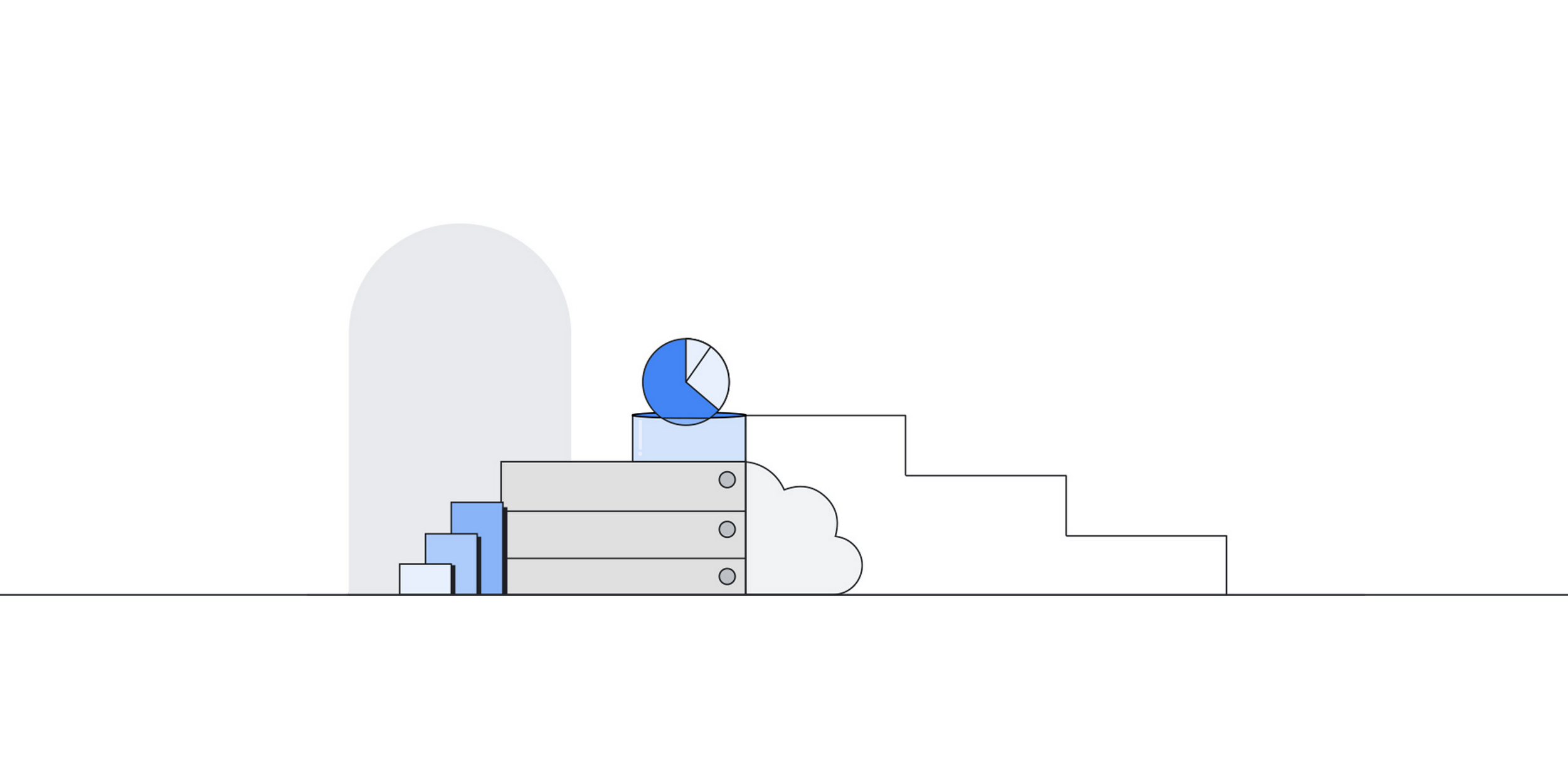Editor’s Note: Maxxton — a combined central reservation and property management system property management system services provider for the hospitality industry — is in the process of modernizing its legacy software to cope with the massive amount of data it needs to ingest and analyze every day. By migrating to Bare Metal Solution for Oracle on Google Cloud, it has not only paved the way for a smooth transition from legacy databases to cloud-based database services but also enabled operational efficiencies and higher application performance.
At Maxxton, we pride ourselves on providing integrated software solutions tailored for the hospitality industry. We occupy a unique market position as the only provider of a complete property management system (PMS) for the vacation and short-term rental industry, servicing over 100,000 rental units and 20,000 users across three continents.
We take care of the heavy lifting of everything from handling reservations to planning housekeeping to automating important guest communications by providing users with real-time data access. This allows them to focus on what they do best — delivering a stellar stay for their guests.
No time for leisure in our database strategy
The leisure market is constantly shifting and vulnerable to the slightest fluctuations in the global economy. So, everyone in the industry — whether consumer or provider — wants access to pricing structures for each target market across every channel daily and in multiple currencies. For us, this means crunching massive amounts of data every day, maintaining data consistency, and keeping those pricing structures up to date across our systems. Unsurprisingly, a robust database strategy is critical for our business to function smoothly.
A few years ago, we realized that our legacy Oracle databases — running on Oracle Database Appliance (ODA) — no longer had the kind of efficiencies we needed. A combination of five-year-old hardware and a distance of 200 kilometers between the datacenters led to a latency of 8 milliseconds between our applications and databases. Further, we lacked flexible scaling and multi-region availability because of our legacy setup. All of this was impacting our day-to-day functioning, so we decided to modernize our legacy infrastructure.
Five years ago, when we first began our migration to Google Cloud, we decided to run our existing legacy technology while we added new cloud-based services in preparation for a complete transition to the cloud. We understood that a gradual approach would help us avoid disruption to our business and technology setup, minimize risk, and allow us to adapt to the new environment over time. However, running these two incongruent database technologies in parallel for an extended period brought its own set of challenges.
Bridging the legacy-cloud gap with Google Cloud
To address these challenges, we implemented a new microservices architecture based on Kubernetes with scalability and performance in mind. It comprises Spring Boot applications with an Angular frontend, which rely on a combination of databases — primarily Bare Metal Solution for Oracle, backed up by Elasticsearch and MongoDB — and runs on Kubernetes.
Our initial migration involved moving from Equinix data center-hosted Oracle servers using an interconnect to Google Cloud. This meant setting up new database clusters on Bare Metal Solution, followed by networking and firewalls to link Equinix. We then exported the database from the data centers and imported it into Bare Metal Solution. After extensive testing to provide overnight migrations to minimize the downtime for our customers, we finally changed our application settings to point to the new location.
Hitting cruising altitude with high performance
While we have yet to shift to managed databases and realize the full value of our cloud migration, we have already seen a significant impact by moving to Google Cloud’s Bare Metal Solution for Oracle.
Our API performance has increased by up to 60%, and the latency between applications and databases is down from about 8ms to less than 1ms. This is thanks to access to newer hardware and closing the physical distance between our applications and databases to just one kilometer. Further, we have unprecedented flexibility in scaling, regional access, and choice of vendors and open-source solutions, which has helped us to be more agile in our technology decisions.
Still, while bare metal offers control, it requires significant database expertise and maintenance. Our future plans involve migrating to a fully managed database service to reduce operational overhead, so we can focus our resources on strategic initiatives.
Our current solution also has secondary benefits for us. It allows us to both switch to the new container-based setup in Oracle and optimize our Oracle tablespaces. With the newly announced partnership between Google Cloud and Oracle, Google Cloud has paved the way for us to easily transition to fully managed cloud-based database services in the future. This partnership represents a significant stepping stone in our ongoing journey towards a more flexible and scalable cloud infrastructure.
Getting started
-
Read more about our new partnership with Oracle, which enables customers to migrate and run mission-critical enterprise workloads seamlessly across Google Cloud and Oracle Cloud Infrastructure (OCI).
-
Learn more about how Bare Metal Solution for Oracle on Google Cloud can help transform your business.

